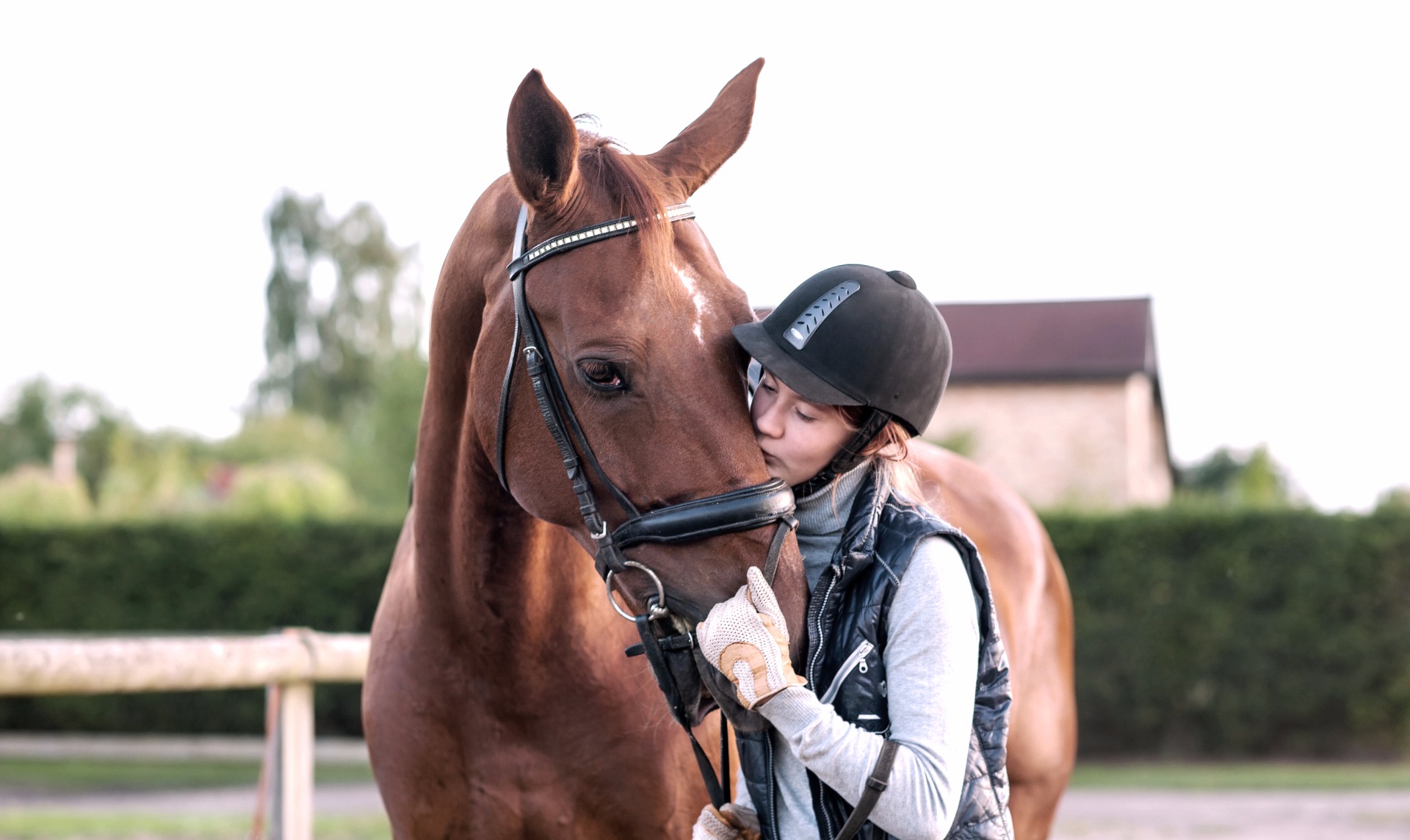
Horseback Riding Lessons
Discover the view from the saddle
About us
Multiplying Fractions with Whole Numbers Calculator
To represent numbers based on a few numerical digits (eg, 25), the numeric digit in a symbol (eg, "2" or "5") is used alone or in combination (for example, "25"), Individual statistics (as digits) and their combination (e.g., "25") are statistical system points. The "digits" name comes from the fact that ten hand figures (Latin word fingers) [1] are compatible with ten symbols of the normal 10-digit base system, d. H. Point
For the numerical system specified with an integer system, the number of points needed to express any number is given by the full value of the base. For example, the decimal system (base 10) needs ten digits (from 0 to 9), whereas there are two digits in the binary system (base 2) (i.e. 0 and 1).
In the original digital system, there is a sequence of digits that can be any length. Each position has a single position value at each location and the value of each number is. The value of points is calculated by multiplying each issue of their value by their value and by computing the results.
Digital value
Each number represents an integer in the system. For example, "1" in decimal is used for integer, and in hexadecimal system, the letter "A" is used for the number ten. Systematic number is a unique number for every int from zero in the system, but not with the number system radix.
In this way, in the decimal system, in transit, 0 to 9 numbers can be expressed in correct positions "units" using their respective digits "0" to "9". Number 12 can be expressed with the number of "2" and the number of "1" with the number of "1" and "1" in the number of "2" by "1" and 3 digits of "2" with 312 number "1". "3" in "hundreds" position, "2" in "1" and "units" in "ten" mode
Calculation of location values
To indicate "location" or "location of units", the Hindu Arabic Number System (or Hindu number system) uses the decimal separator (usually in English or other European languages). [3] [clarification needed] This place value is. Depending on the location of each back of the left, the space position corresponding to the previous digit position value is. Similarly, the position value of different digits is equal to the value of the value, divided by the original value of the divisor at the right side of the divider. For example, number 10.34 (written in original 10)
0 is immediately at the left of the landmark, i.e. in these individuals or units, and the units are called marks or points [4] [clarification required];
There are ten squares on the left side of the square and ten marks are given.
3 settles on the rights of men, that is, at the tenth position, and the tenth digit is called;
At the top of the tenth place is four hundredth position, and it is called the Assessment Issue.
The total value of this number is 1, 10, 0, 3 and 4 centres. Notice that zero, which returns the value of the number, indicates that there is ten digits instead of one place.
Any issue can be valued in any issue by a simpler calculation than the logic behind the number system. The multiplication of points given by the N1 increased base in the calculation, where N represents the position of digits from the divider. The value of n is positive (+), but only when there is a left hand side of the divider. The numbers on the right are multiplied by multiplying (-)) n. For example, number 10.34 (written in original 10)

What do we offer?
Riding Lessons and Boarding
This is where your text starts. You can click here to start typing. Sed ut perspiciatis unde omnis iste natus error sit voluptatem accusantium doloremque laudantium totam rem aperiam eaque ipsa quae ab illo inventore veritatis et quasi

Private Lessons
Click here and start typing. Ut perspiciatis unde omnis iste natus error sit voluptatem

Group Lessons
Click here and start typing. Ut perspiciatis unde omnis iste natus error sit voluptatem.

Boarding
Click here and start typing. Ut perspiciatis unde omnis iste natus error sit voluptatem.